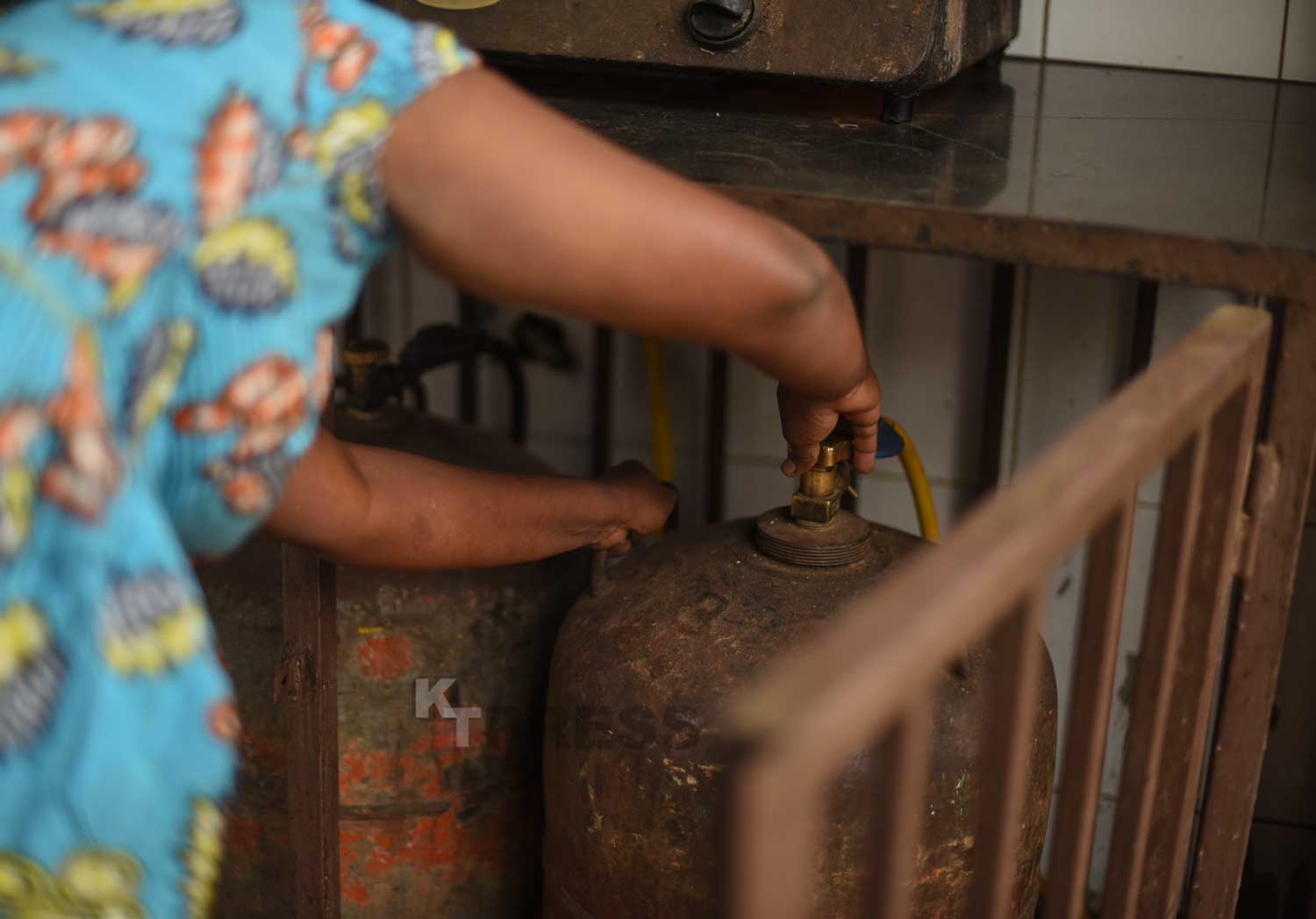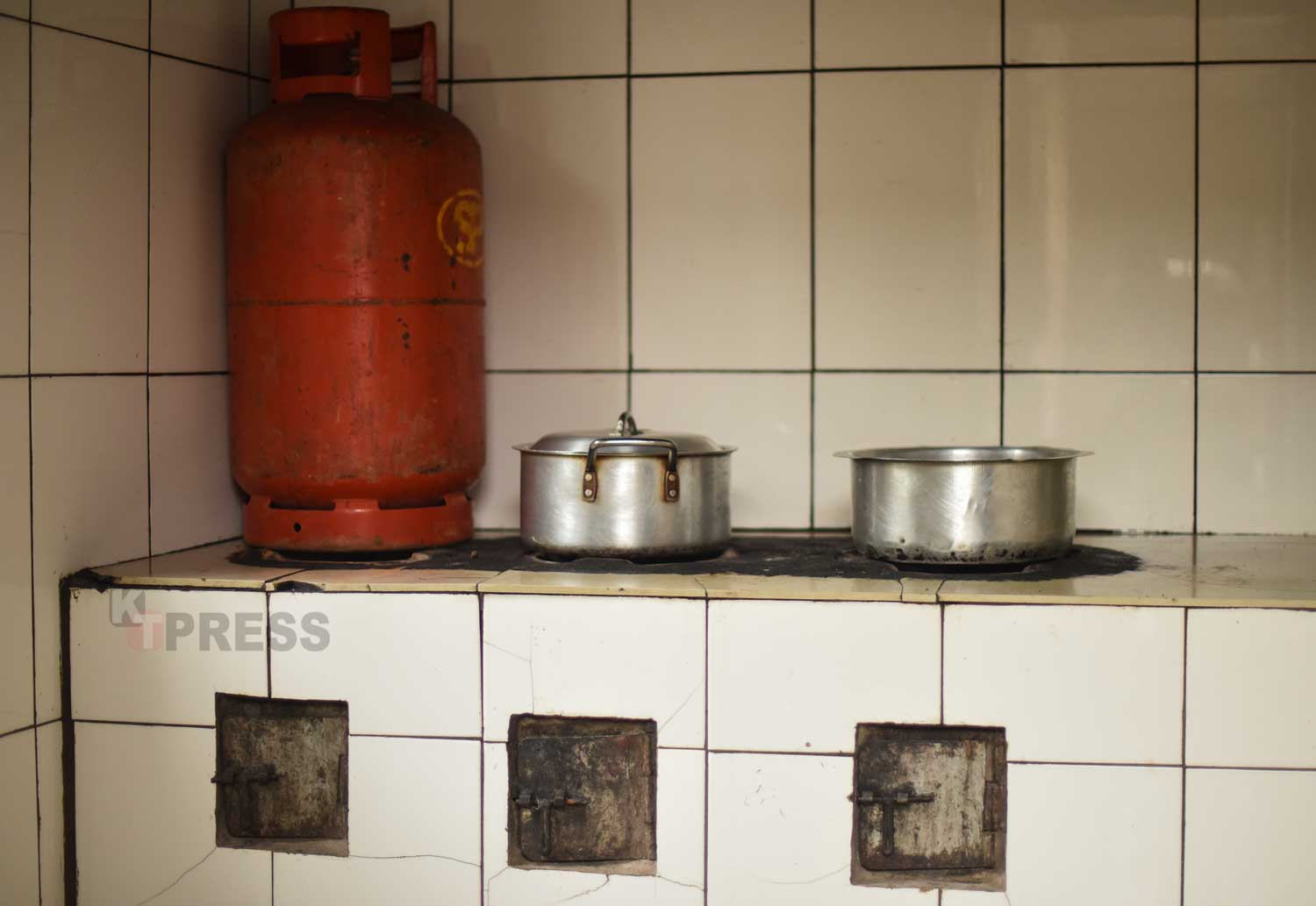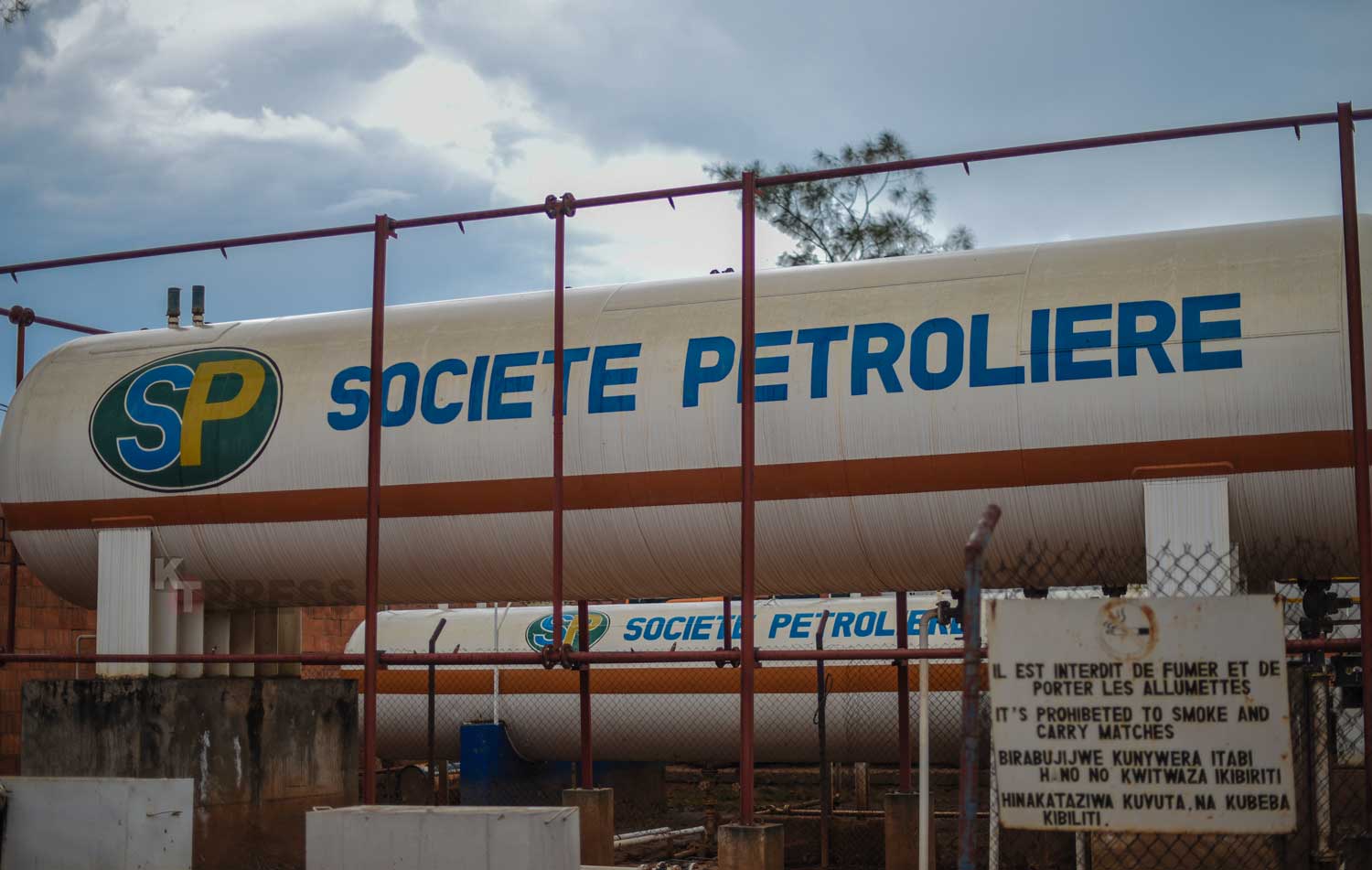
For safety purposes, the gas cylinder has to be well covered
Rwanda is slowly adapting to the culture of using gas for cooking, but the possibility of gas leaking and explosion in households remain most feared by users.
Gas has been proven to be a clean and efficient way to cook. However, it is important that your kitchen complies with certain safety standards so that you and your family are safe when using gas appliances.
User experience and knowledge
With these international safety standards and growth in use of gas cooking, safety measures have not been streamlined.
Alice Mukamana runs a tea shop in Kagugu, a busy neighborhood in Gasabo district where she uses both a 6kg gas cooker and charcoal stoves with preference to the former when she has fast orders.
“I was just showed how to turn gas valves on and off. I only use gas when someone is in a hurry to have a quick breakfast- like omelette and coffee,” Mukamana said.
Grace Uwimana is a gas dealer in Nyarutarama and sells non-explosive gas cylinders. She says she only handles cash and the rest of the technical aspects are taken care of by technicians.
“We have one technician who can explain how gas is used, but this depends on the client – if they ask we do give them some tips,” Uwimana said.
Prosper Habimana has been a cook for over four years now at a mini supermarket cafeteria in Kinyinya sector which has shifted from using charcoal stoves to three-piece gas stove cookers.
The 25-year-old is lucky to have had a fire safety training conducted by Rwanda National Police in 2016.
These skills have enabled him to be prepared for any fire outrage and anomalies that could happen but as a chef, he has additional training on use of gas cookers.

Safety. This proximity is prohibited
Before getting this job, Habimana was given an in-house training by the owner of the business.
The first thing he does every morning is to check if the cylinder valves are closed and tight-fitted before lighting a match stick, and to ensure that all outlets and valves are locked after cooking in evening.
“I have seen one of my colleagues burn his face and clothes-because he lit a matchstick forgetting that he had not closed the valves for hours. It’s a nasty experience and that is why I don’t want it to happen here,” Habimana said.
For safety experts, gas cooker are safe but simple mistakes commonly reported on negligence to close the gas values, and blockage of cooker nasals is one of the major causes of gas-related fires and explosions in Rwanda.
According to experts, it is important to ensure your gas cookers and hotplates have adequate clearance from combustible surfaces, for example:
- Range-hoods must be at least 600mm above the cooking appliance,
- Exhaust fans must be 750mm above the appliance, and
- Burners must have clearances of 200mm, unless the nearby wall or surface is suitably protected.

Safety. No smoking area
Magic Rule – Never use water to put out fat and oil fires
Water can cause a fire to spread rapidly and inflict horrific burns. If a fire starts, turn off the stove or cover the flame with the pot lid if it is safe to do so.
Then use an appropriate fire extinguisher, such as a wet chemical extinguisher, or fire blanket to smother the flames.
Tips on cooking (with Gas) safely:
- Never leave cooking unattended
- Never get distracted. If you are called away, turn off the gas
- Never allow a child to cook without adult supervision
- Keep the flame from extending past the pot sides
- Turn pot handles away from the stove edge
- Keep stoves and cook tops free of grease and fat build-up
- Hang tea-towels and oven mitts away from the stove
- Wear tight-fitting sleeves when cooking
- Ensure the exhaust fan above the stove is clean and free of grease and fat build-up
- Have a fire blanket and extinguisher easily accessible in the kitchen
- Ensure smoke alarms are working (if installed in house)
- Have a tested/ practical fire escape plan
- Never use cooking appliances as heaters
- When cooking with gas, make sure the flame does not go out – gas can escape silently and invisibly.

